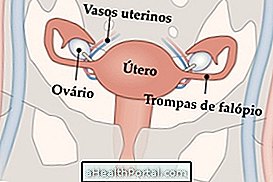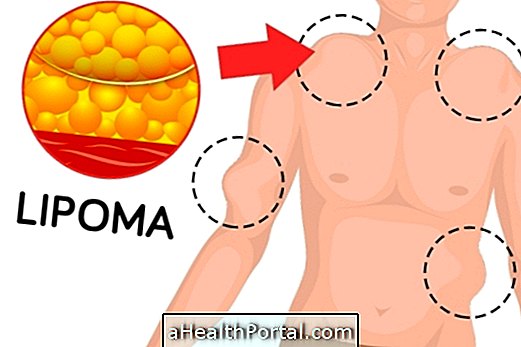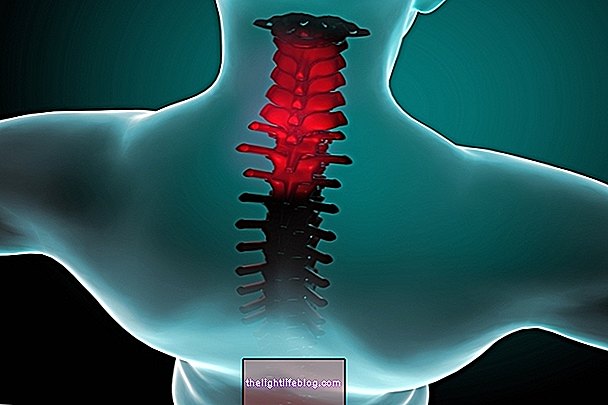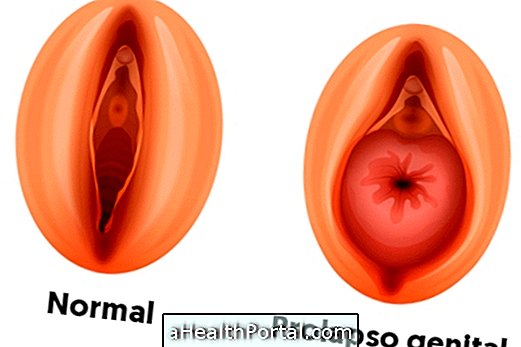Hemodialysis is a treatment that allows the filtration of blood, eliminating excess toxins, minerals and liquids in people who have severe renal insufficiency.
This treatment is indicated by the nephrologist, after evaluation of the severity of the renal disease, observation of the exams and the symptoms that appear. The hemodialysis machine can replace much of the function of the kidneys, so it is possible for the person to live for many years and be independent even if the kidneys do not function properly.
Hemodialysis can be performed at the hospital, at hemodialysis clinics, and in some cases at home, and the number of times hemodialysis should be performed depends on the severity of renal failure. Thus, a person who has complete kidney failure usually needs about 2 to 4 sessions per week and each session has an average duration of 4 hours.

In addition to hemodialysis, there is peritoneal dialysis, a method that uses the peritoneum, a membrane located inside the abdomen, as a filter and can be performed at home. Learn more about this technique at the end of the article.
What is it for
Hemodialysis is done to filter blood, eliminating toxic substances such as urea, and excess mineral salts such as sodium and potassium, and filtering excess body water.
It may be indicated both for cases of acute renal failure, where there is a sudden failure of the kidneys on a temporary basis, or also in cases of chronic renal failure, in which kidney functions need to be replaced permanently. Understand what kidney failure is, the symptoms and causes.
An untreated kidney failure can cause signs and symptoms such as weakness, shortness of breath, swelling in the body, reduced urine output, vomiting, drowsiness, tremors, seizures, coma, and even death, so it is very important that at if this disease is suspected, seek the assistance of the nephrologist.
How it works


Hemodialysis is done with the use of an apparatus called a dialyser, where the blood circulates and passes through a filter, which will eliminate only what is necessary, since it is composed of a membrane specifically prepared for the procedure.
The blood that will be filtered out through a catheter, inserted into the blood vessels. After filtration, clean blood, free from toxins and with less fluids, returns to the bloodstream through another catheter.
In people who need hemodialysis frequently, it is possible to perform a minor surgery, which joins a vein to an artery, forming an arteriovenous fistula, which becomes a vessel with high blood flow and high resistance to repeated punctures, facilitating the procedure .
When hemodialysis is urgently needed and surgery to place the fistula has not yet been scheduled at the hospital, a catheter is placed in a large vein in the neck, thorax, or groin, which is then removed.
Hemodialysis is done for a lifetime?
In cases where there is chronic kidney failure, where the kidneys no longer function properly, kidney replacement therapy should be maintained for life, or until a kidney transplant is performed.
However, there are cases of acute renal failure, in which the kidneys suddenly and temporarily lose their functions, such as in the case of a serious infection, drug intoxication or a cardiac complication, for example, where only 1 or a few dialysis sessions until the kidneys return to normal functioning.
Complications of hemodialysis
In most hemodialysis sessions the patient will not feel any discomfort, especially nowadays when the devices are becoming more modern and safe. However, sometimes complications can arise, such as:
- Headache;
- Cramps;
- Blood pressure drop;
- Allergic reactions;
- Vomiting;
- Chills;
- Imbalance of blood electrolytes;
- Convulsions;
For these reasons, hemodialysis is always performed in the presence of a physician and a nursing team.
In addition, there may be loss of the fistula, in which the blood flow is obstructed. To prevent this from happening, it is recommended to have some care, such as not checking the pressure, not removing blood or applying medication to the arm with the fistula.
If hematomas appear on site, it is advised to make ice packs on the day and warm compresses on the following days. In addition, if you notice that the flow in the fistula is decreased, it is necessary to contact the accompanying doctor or nurse, as it is a sign of malfunction.

How is the life of the patient undergoing hemodialysis?
If he does a good follow-up and treatment, the hemodialysis patient can work, play sports, travel and have an independent and productive life, but on the day of treatment it is possible for the patient to feel more tired and need to rest longer.
In the case of travel, it is essential to contact a clinic or hospital at the place of travel to maintain the treatment.
Who needs hemodialysis to take medicine?
Hemodialysis does not completely replace kidney function, and in addition, some vitamins are lost during dialysis. Therefore, the nephrologist may indicate treatment with replacement of:
- Calcium;
- D vitamin;
- Iron;
- Erythropoietin, which is a homone that stimulates the production of red blood cells to prevent anemia;
- Antihypertensives to help control blood pressure.
In addition, it is necessary for the person to take care of the food, controlling the consumption of liquids, salts and to choose correctly the types of food consumed in the day to day, since the hemodialysis has day and time marked.
Therefore, follow-up with a nutritionist is also recommended. Check out some tips on the recommended diet for hemodialysis patients.
Peritoneal dialysis to filter blood at home
Peritoneal dialysis is a treatment that performs the filtration of blood differently, using the peritoneum with the filter, which is a membrane that already exists inside the abdomen and which coats some organs.
This type of dialysis can be done at home, autonomously, without going to the hospital several times a week. However, to perform this dialysis technique it is necessary to teach the patient to make the treatment safely.

Before beginning the Continuous Ambulatory Peritoneal Dialysis (CAPD) sessions, the surgeon must insert a catheter into the abdomen through which a liquid is introduced, which should remain for about 4 to 8 hours inside the body, being removed and replaced with another 3 a 5 times a day.
In addition, Automated Peritoneal Dialysis (APD) exists where patients can perform peritoneal dialysis through a machine, known as a cycler, overnight for about 10 hours
The mode of dialysis is determined by the patient and the physician, according to the needs, adaptability and routine of each person. A complication of peritoneal dialysis is fluid contamination and abdominal infection, which can be avoided by following correctly the rules of hygiene and cleanliness of the hands and the used materail.

























